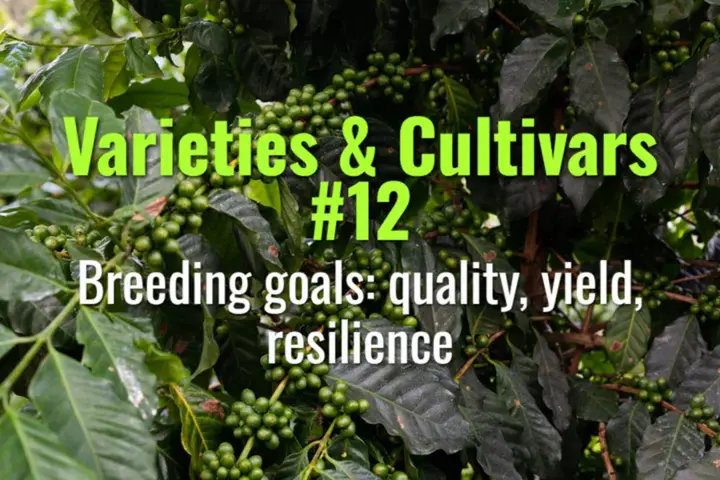
Breeding goals: quality, yield, resilience
This topic explains the main goals of modern coffee breeding—improving cup quality, increasing yield, and enhancing resilience—and how these often competing priorities shape the future of coffee.

This topic explains the main goals of modern coffee breeding—improving cup quality, increasing yield, and enhancing resilience—and how these often competing priorities shape the future of coffee.
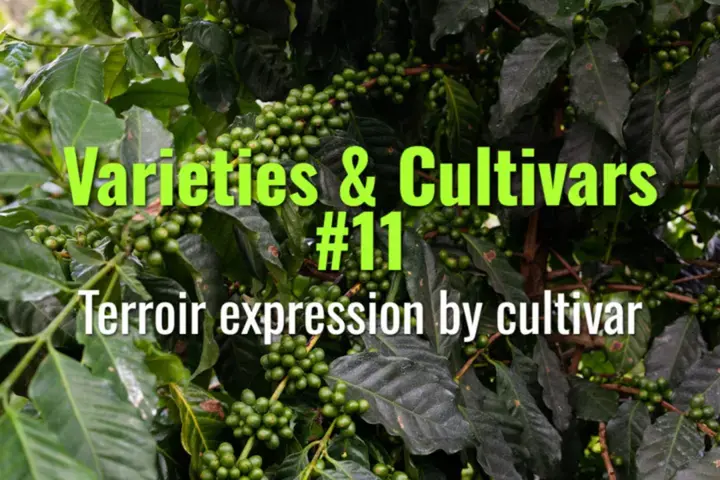
This topic explains how different coffee cultivars express terroir—the interaction of genetics with environment—shaping cup profiles, identity, and consumer appreciation of origin.
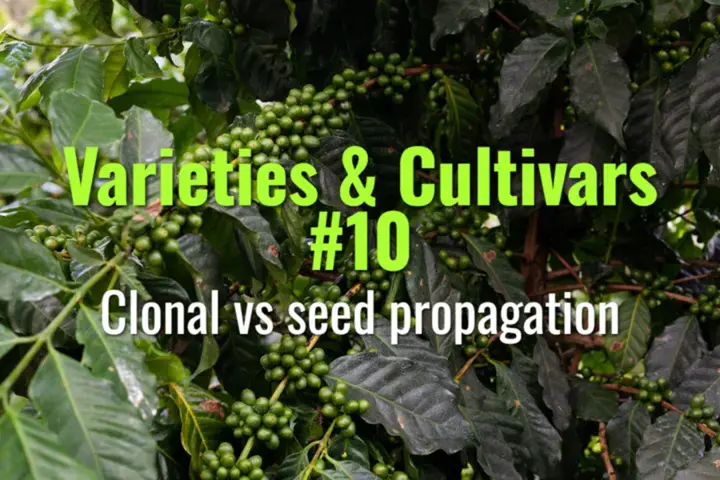
This topic explains the two main methods of propagating coffee—clonal propagation and seed propagation—highlighting their differences, advantages, disadvantages, and implications for coffee farming.
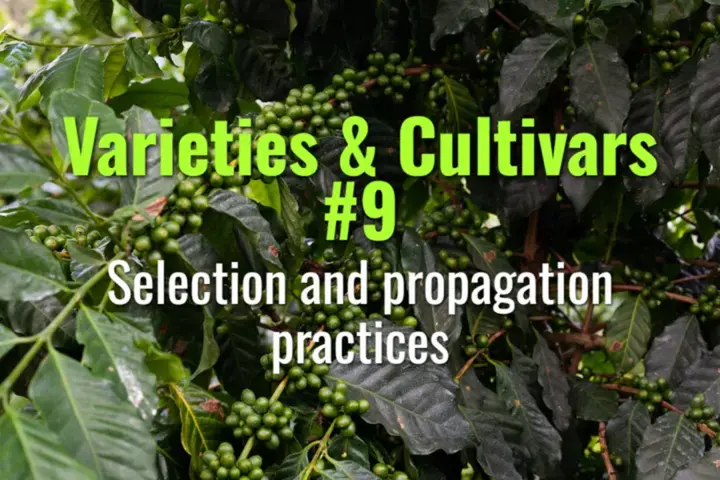
This topic explains how coffee varieties are selected and propagated, the methods used to maintain genetic integrity, and the role of nurseries and farmers in ensuring healthy plantations.
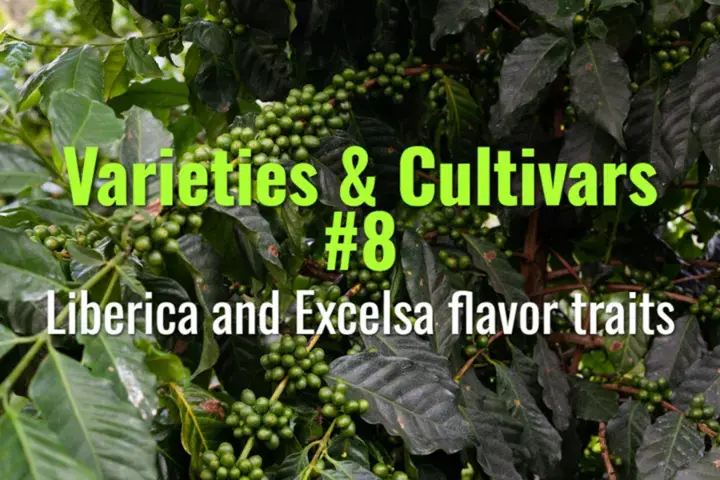
This topic explores the unique flavor traits of Liberica and Excelsa coffee, their sensory profiles, and why they occupy a niche but important role in global coffee diversity.
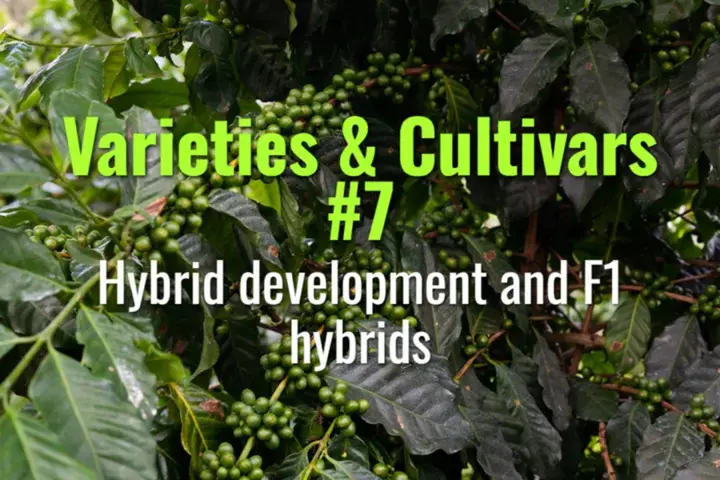
This topic explains how coffee hybrids are developed, the role of F1 hybrids in combining resilience and quality, and their significance for the future of global coffee cultivation.